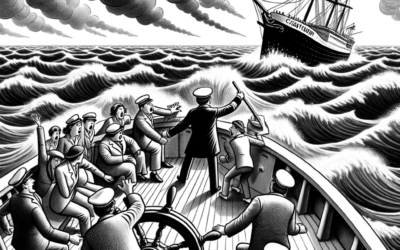 1. Why does the market need another book on organizational methodology?
1. Why does the market need another book on organizational methodology?
Let me first answer that by defining the market. Traction is written for a very specific target market. It’s for entrepreneurial business owners and leadership teams of small to midsize companies who want help and are open-minded, frustrated, willing to be vulnerable, open, real, and authentic. As it pertains to that market, there really isn’t a book written for them that helps them get everything they want out of their business and enables them to crystallize their vision, gain tremendous traction, and build a healthy, functional, cohesive company. What also makes Traction unique is that it teaches a holistic, all-encompassing, complete system (EOS®, The Entrepreneurial Operating System), whereas most books typically focus on one component of a business or symptom. Traction goes to the root.
2. What was the question you were trying to answer in writing the book?
What I’m answering with the book is less about a question and more about a solution to the many frustrations that I see many entrepreneurs and leaders experiencing. Prior to writing the book, I spent fifteen years observing frustrated business owners and leaders scratching their heads, out of balance, not getting what they want out of their businesses, and wondering if there was a better way. Traction answers the question “Is there a better way?” Obviously, the answer is yes.
3. What makes you uniquely qualified to write on this subject?
I’ve spent the last twenty years as an entrepreneur, leader, and manager, having taken over running the family business, doing a major turnaround, and successfully selling it. I’ve worked hands-on with over 110 leadership teams. I’ve personally delivered over 1,200 full-day sessions, which is more than 10,000 hours of hands-on work with entrepreneurial leaders and managers.
4. Who were you writing the book for?
As I mentioned earlier, the book is written for entrepreneurial business owners and leadership teams of small to midsize companies who are feeling frustrated because they’re not getting everything they want out of their business. They’re open-minded, real, authentic, growth-oriented, and willing to be vulnerable, and they want a better balance of life and want help.
5. What are the five key takeaways that your reader will learn from Traction?
You’ll learn to:
a. Get your vision out of your head, on paper, and on the same page with your leadership team in a very simple, clear, concise fashion, and then get clarity on how to get everyone to share the vision.
b. Learn how to surround yourself with great people throughout your organization.
c. Learn how to become an excellent problem solver and eliminate issues that usually linger for days, weeks, and months in an organization.
d. Learn to have a pulse on your business through managing a handful of numbers.
e. Learn to gain tremendous traction toward your vision by applying very practical, powerful tools that create discipline, accountability, and execution.
6. What are the 10 best questions you ask your clients to help them get traction?
1. What do you want from your business?
2. What are the three biggest obstacles or barriers to getting there?
3. What are the three greatest strengths that got you to where you are today?
4. Do you believe you have great people throughout your organization?
5. How would you rate the level of accountability in your organization from 1–10?
6. How would you rate the alignment of all of your people around the vision on a scale of 1–10?
7. How would you rate the effectiveness of your internal meetings on a scale of 1–10?
8. Sorry, that’s only 7—less is more. These tell me everything I need to know.
7. Since writing the book, what do you wish you would have put in it?
I would like to have put in even more real-life examples, although there are many in the book currently. I believe the best learning comes from reading how people are using the tools in the real world. Unfortunately, the publishing world allows me only so many pages.
8. What area of leadership management do you think we need to focus on in light of the tsunami of information, opportunities, and economics of our times?
That’s an easy one. One of the five leadership (management) abilities I teach in the book is the ability to simplify. With so much coming at us every day, there’s great power in a leader or manager’s ability to simplify all of the complexity around him or her. It’s one of the biggest results from implementing the tools in Traction. In all of the sessions, what my Implementers and I do is to help a leadership team reduce all of the noise and laser-focus on what’s important, and tremendous results follow. Traction helps a company do just that.
About Gino:
An entrepreneur since the age of 21, Gino Wickman has dedicated his life to learning what makes businesses thrive.
At 25 he took over the running of the family business, which was deeply in debt and in need of help. After turning the company around and running it for seven years, he and his partners successfully sold the company.
Based on his years of real-world experience, Gino developed the Entrepreneurial Operating System (EOS), a practical method for helping companies achieve greatness. Over the last nine years, he has taught the EOS process to hundreds of business leaders in more than 100 companies. The results speak for themselves: companies that implement EOS have grown by an average of 18% per year while eliminating common frustrations.




